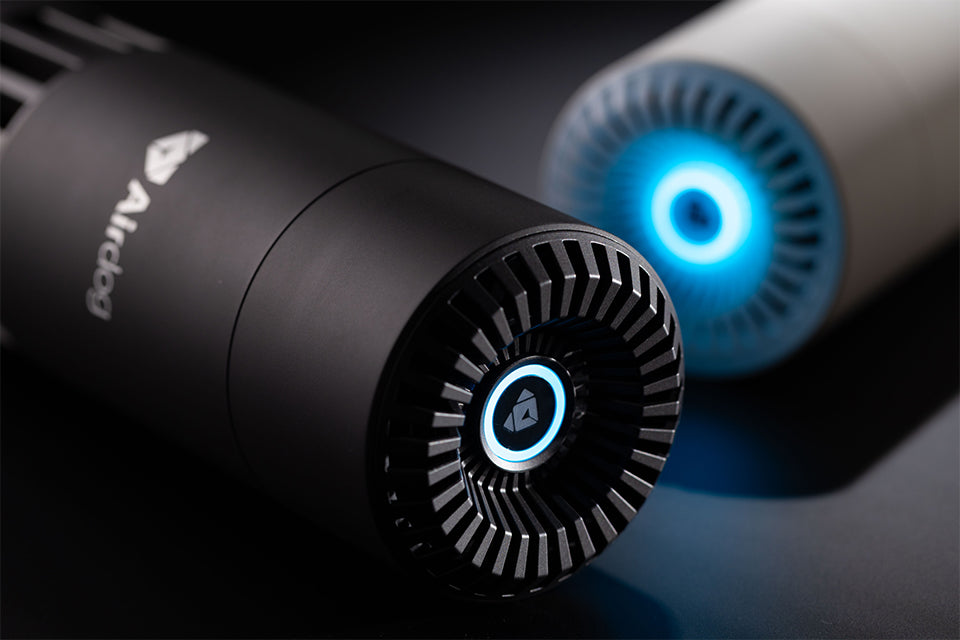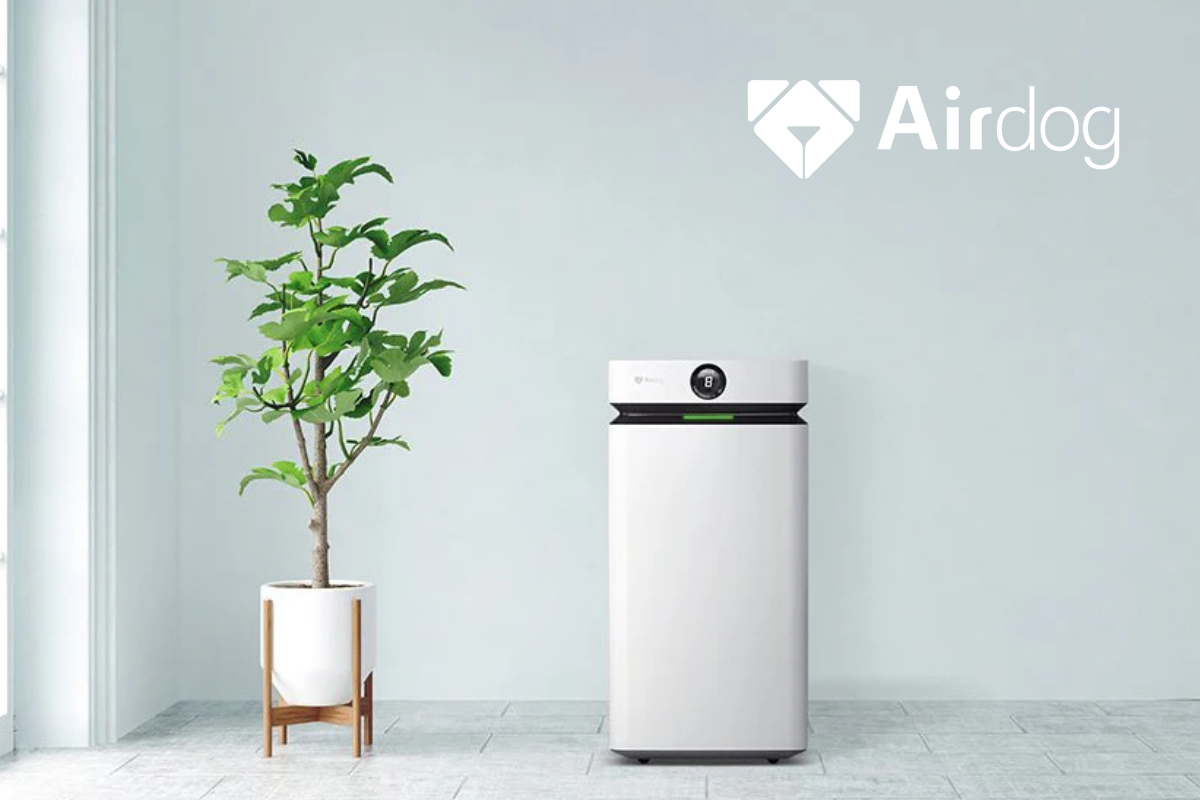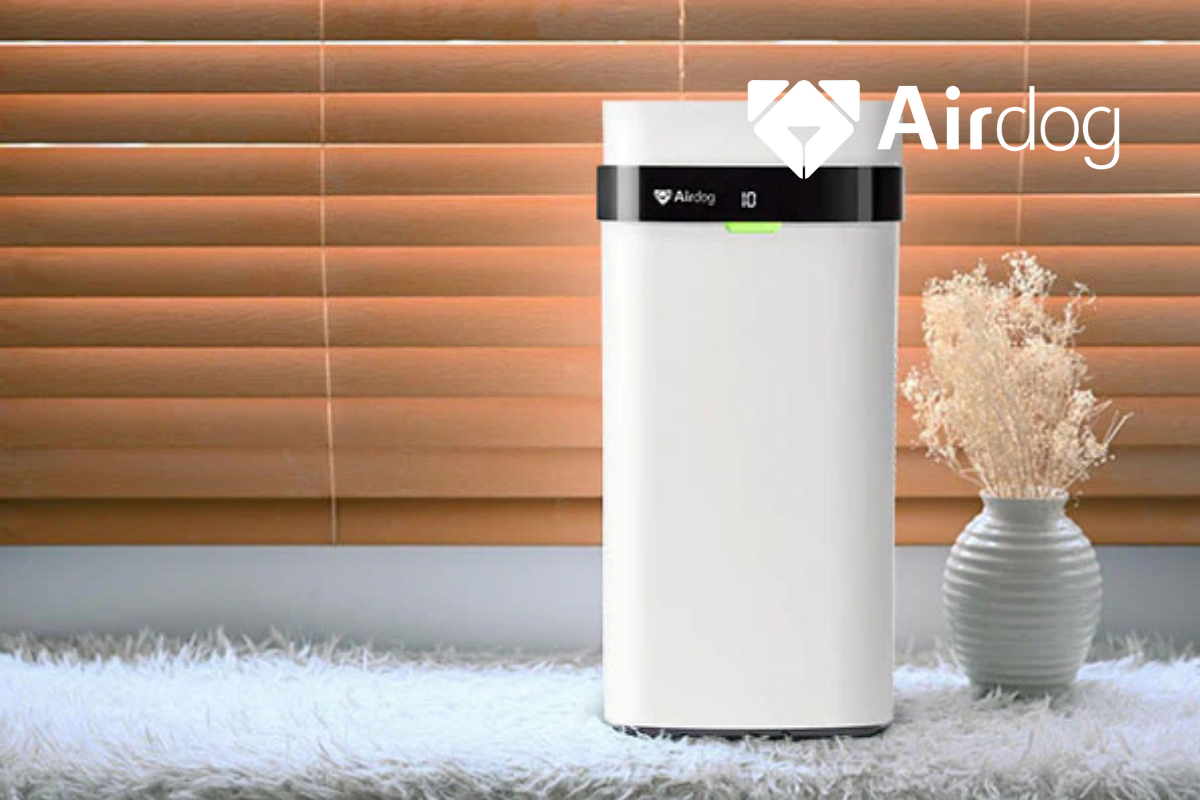While HEPA filters have long been the standard for clean air, they come with limitations like costly replacements and reduced airflow over time. Airdog’s TPA-powered air purifiers offer a smarter, more efficient solution. Discover why it might be time to upgrade your air purifier and leave HEPA behind.
Nature, Size, and Penetrability of Airborne Pollutants
Airborne pollutants range from larger particles like dust and pollen to microscopic creatures like bacteria, viruses, and even smoke.
An understanding of how these minute particles behave, how small they are exactly, and how they move is key to why we advocate an upgrade to Airdog’s Two-pole Active Filtration Technology® (TPA) air purifiers.
-
Types of Airborne Pollutants
Common airborne pollutants include:
-
Pollen, pet dander, dust mites (typically >10μm)
-
Fine dust, mould spores, bacteria (0.3μm to 10μm)
-
Ultrafine particles like viruses, smoke, chemical vapours (<0.3μm)
The smaller the particle, the more easily it can:
-
remain suspended in the air
-
travel long distances
-
reach deeper into the lungs, even entering the bloodstream in some cases
-
How Particles Get Trapped
Particles are removed from the air in different ways depending on their size and how they move:
-
Interception
Very small particles (usually less than 1 micron) tend to follow the flow of air. When these particles pass close to a fibre in a filter, they are drawn in by weak attractive forces and stick to the fibre. This is common for particles like fine dust or smoke.
-
Impaction
Larger particles, such as pollen and dust, are heavier and can’t easily follow the twists and turns of air through the tight gaps in a filter. Instead, they crash directly into filter fibres and get stuck. This is a key method for trapping particles over 1 micron in size.
-
Diffusion
The tiniest particles (smaller than 0.1 microns), such as viruses and some airborne chemicals, don’t flow smoothly with the air. Instead, they move randomly due to constant collisions with gas molecules — a phenomenon known as Brownian motion. This random motion increases their chance of hitting a fibre and being captured.
Why Does the 0.3 Micron Size Matter?
The size of 0.3 microns (μm) is considered the Most Penetrating Particle Size (MPPS). This is because:
-
It's too large to be caught by diffusion, since its movement isn't as erratic.
-
It’s too small to be reliably captured by impaction or interception, since it can slip between filter fibres more easily.
Particles at this size are the hardest to filter out. That’s why the 0.3 microns (μm) criteria is a critical benchmark in air filtration.
If a filter can trap 0.3μm particles easily, it's highly likely to capture both larger and smaller particles as well.
Understanding how and why different particles are captured (or not) is crucial to choosing an air filter solution. It helps ensure that the air we breathe is as free from harmful contaminants as possible.
How Airdog’s Two-pole Active Filtration Technology® (TPA) Does More Than A HEPA Air Purifier
-
5-Step Patented Process To Attract and Destroy Airborne Contaminants
Airdog’s Two-pole Active Filtration Technology® (TPA) follows a 5-step process that promises purer indoor air.
Step 1: The air stream flows into the purifier from inlets at the back and bottom into the pre-filter screen, which stops the passage of larger contaminants like pet hair (dander), human hair, fluff, lint, etc.
Step 2: Emitter wires create a plasma field where smaller contaminants are “zapped.”
Step 3: Next, the air stream enters the ionic field. The ionic field causes bacteria, germs, and charged particles to be removed. Note: The TPA technology has been shown by third-party lab testing to kill 99.87% of the influenza virus in one hour.
Step 4: The jet of air then moves into a section with polarised plates that capture charged particles.
Step 5: Finally, the air goes through a catalytic filter, which removes unpleasant odours.
Most HEPA air purifiers have just 3 steps: a pre-filter, a HEPA filter, and in some cases, a charcoal/carbon filter that removes odours.
So, do more steps mean greater filtration efficiency? Not necessarily, but in the Airdog TPA, air is not only being passed through filters but is also being purified in electronic fields.
-
Air Filters That Last Longer
The Airdog air purifier range produces less waste. A normal HEPA filter needs to be changed every 6 to 12 months. Otherwise, it could accumulate mould and bacteria, creating more harm in the long run.
One HEPA filter (made of plastics and fibreglass) is equal to 70 plastic bags. And it costs in the range of $20 to $200 to replace it.
They are not biodegradable, nor can they be recycled. They end up in the landfill.
Filters used by the TPA technology are washable and reusable for LIFE! There’s no need for periodic replacements, and optimal filtration is still achieved, making them environmentally friendly.
Only the catalytic filter needs replacing every 1-2 years and costs upwards of around $49.
-
Better Performance
An air purifier with a HEPA filter begins to “choke” once its filter fails, not the Airdog TPA. As the filter begins to fill up, the functioning of the air purifier is impacted.
To effectively measure the efficiency of an air purifier against the amount of pollution it can trap, a term called Cumulative Clean Mass (CCM) is used.
A HEPA filter gives up after 45 cigarettes' worth of smoke. The Airdog TPA continues to chug along with just a 0.2% performance dip even after “inhaling” the smoke from 440 cigarettes!
-
Destroys + Removes
In an Airdog TPA, harmful particles like dust, bacteria, viruses, and mould as tiny as 0.0146 microns get a positive charge from a wire frame.
Then, an electromagnetic field destroys them. What’s left of these particles gets pulled to a negatively charged collector, which you can wash with plain water and use again.
This helps save money, stops the purifier from getting blocked up with gunk, and keeps the air flowing better and the machine running more quietly.
-
Low Noise
The Airdog tech is a low-noise technology that sounds at 21.2 dB in sleep mode. You won’t even know an air purifier from the Airdog range is in the room.
-
Less Pollution
Other air purifiers contribute their share of harmful chemicals and excess ozone to the atmosphere. And in some cases, mould spores may even begin to grow on the filters.
Wrapping Up
HEPA filters may have set the benchmark, but Airdog’s TPA technology is redefining it. With reusable filters, quieter operation, and better performance against ultrafine particles, Airdog delivers cleaner air. Make the switch and experience the green generation’s choice of air purification.




